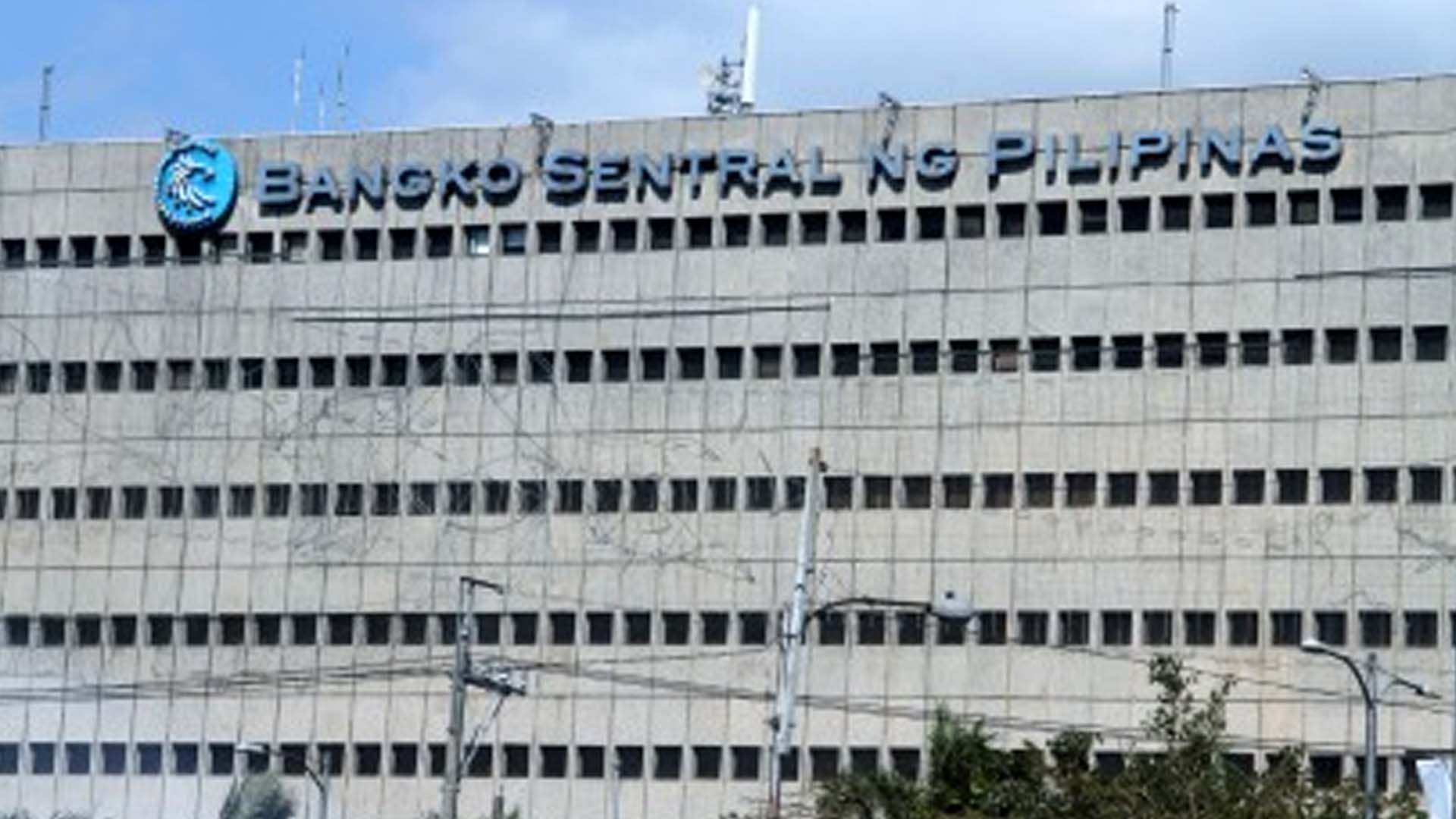Philippine monetary officials are taking advantage of Filipinos’ strong acceptance of the online world to push further the central bank’s digital payments and financial inclusion programs.
Citing the results of the September 2019 Global Web Index Report, Bangko Sentral ng Pilipinas (BSP) Governor Benjamin Diokno said more than 69 percent of Filipinos aged 16 to 64 years old are internet users, and 62 percent of them made online purchases through mobile phones.
“The digital life is upon us, and we can harness this to make sure internet access and mobile phone ownership do not only lead to better social connections and convenient shopping but also and more importantly, to greater ability for all Filipinos to use welfare-enhancing financial services,” Diokno said in his speech during the financial inclusion forum for the labor sector held at the Bangko Sentral ng Pilipinas (BSP) office in Manila on Monday.
The central bank chief thus cited the need to ensure that all Filipinos will have access to transaction accounts that will enable them not only to save but also to make digital payments.
“Our vision is to have more market vendors, jeepney, and tricycle drivers accepting digital payments through QR (Quick Response) code linked to transaction accounts,” he said.
Among the transactions that use digital mode of payment include those of Airbnb, Grab, Lalamove, as well as those that use PayMaya and GCAsh, among others.
Diokno said the use of QR codes is safer than bringing cash since people are less vulnerable to theft and counterfeit money.
Employers also benefit from the use of QR codes since they can use this to pay their employees through the use of the PESONet, which is one of the two real-time electronic payment systems under the National Retail Payment System (NRPS).
Diokno said the increase in the number of digital payments will result in a “rich digital footprints that can be used by banks, fintechs, and other lenders in evaluating and granting credit”.
“This means people can have better and wider financing options,” he said.
Citing official data, Diokno said there are about 25.5 million workers in the country and this is “a massive client base that is hard to ignore for both financial service providers and policymakers in our pursuit of our financial inclusion agenda.”
“We are living in a most remarkable time as we see our country enjoying continued strong economic growth with digitalization becoming a critical enabler of economic and financial inclusion. I hope that together, we can seize these opportunities and enable all Filipinos to reap the benefits of our economic growth and achieve prosperity for all,” he added.
BSP Financial Technology Sub-sector Managing Director Vicente De Villa III, in an interview by journalists after the event, said they plan to standardize the QR code for all institutions so that this system can be used by all sectors and not just a certain entity.
“Right now, each entity has its own QR. If it’s not standardized, you can only communicate with a QR that’s, like you, internal to one ecosystem. If it’s standardized, all those with QR can communicate with one another,” he said.
“With the QR, all you have to do is scan the QR. Potential errors in the input of the account will be removed,” he added.
De Villa added they are undertaking a plan to increase more government agencies in the PESONet since only the Bureau of Internal Revenue (BIR) is currently included in the system.
“The target is that all those government entities that have accounts with the same government bank will be included in the e-government,” he said, citing the Land Transportation Office (LTO), the Department of Foreign Affairs (DFA), and those with frontline licensing and frontline payments requirements as among the agencies that will be part of the system.
To date, the only bank that caters to the BIR e-payment transactions under PESONet is RCBC.
De Villa said financial institutions that want to be part of NRPS need to have an electronic banking license on top of their usual banking license because “there are other prudential aspects to being able to transact digitally”.
“So those that have generally passed our scrutiny can apply for PESONet and InstaPay. It’s a business decision on their end,” he said.
De Villa said applying for an electronic banking license is a business strategy, adding “it will not make sense to apply for an electronic banking license if you do not expand and further ride on the innovation bandwagon”.
He, however, said that if a bank does not apply for this license, it will be left behind.
De Villa said they are currently reviewing the digital-only bank regulations but declined to elaborate adding it is “maybe too early at this point” to disclose anything.
“But it is something we’re definitely exploring because at this day and age, digital banking…innovations are moving forward,” he said.
He added the BSP and the Philippine Payments Management, Inc. (PPMI) are considering suggestions to increase InstaPay transaction, which currently is up to PHP50,000 per transaction.
Most banks had set the maximum aggregate amount for InstaPay at PhP 50,000 per day per account only. (PNA)








